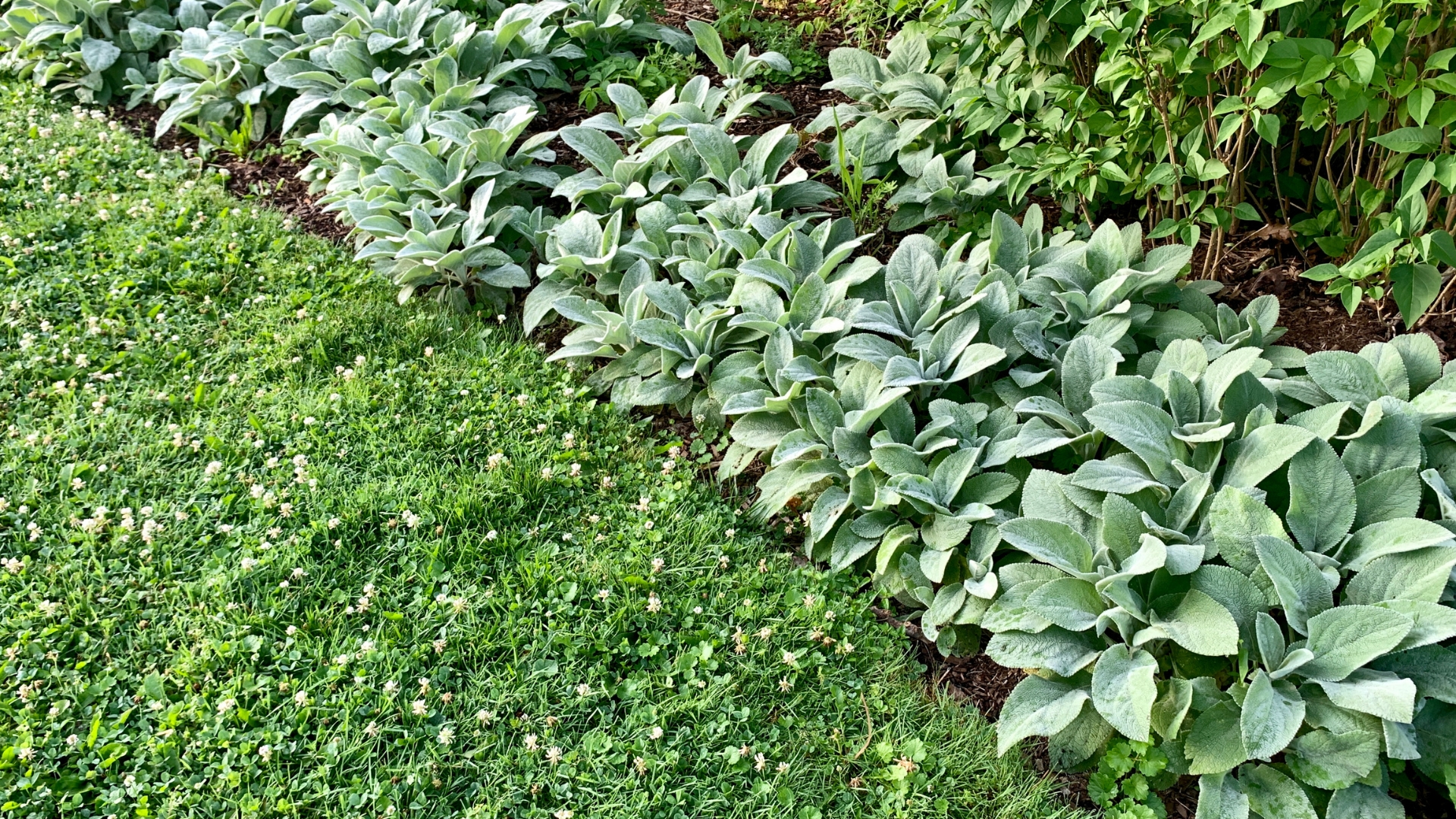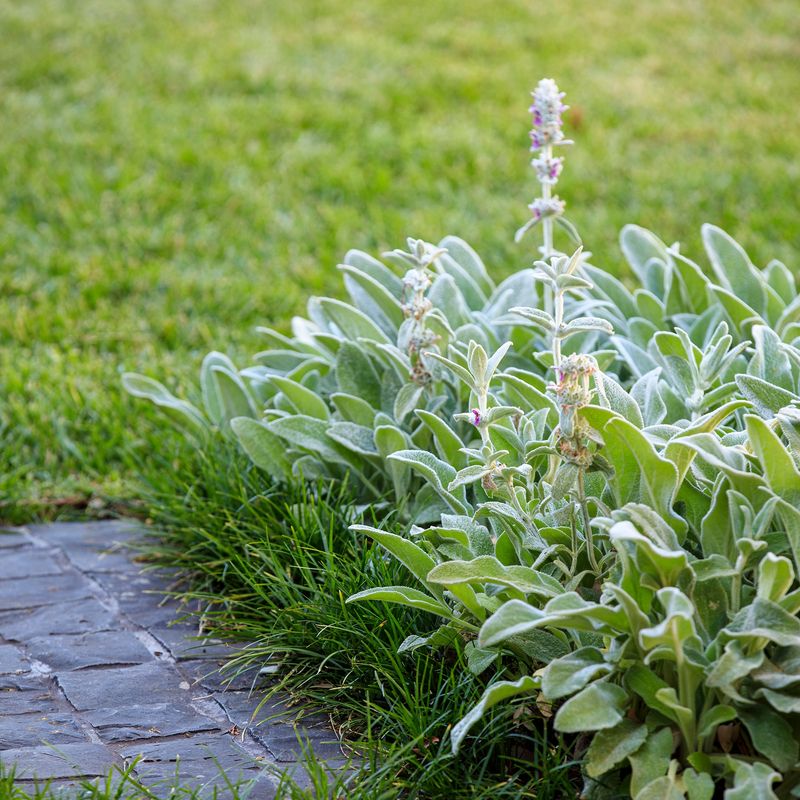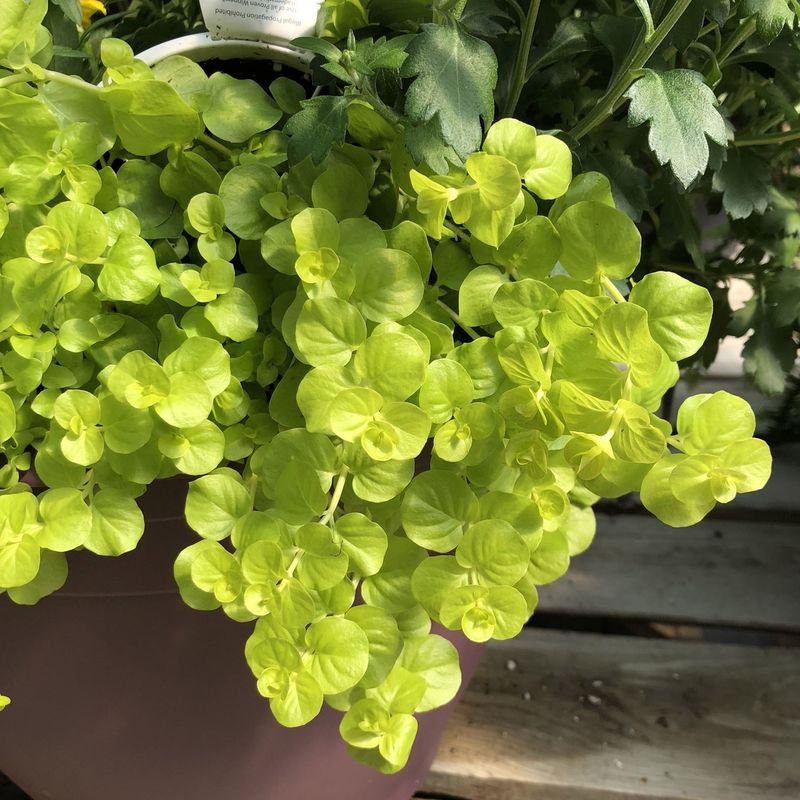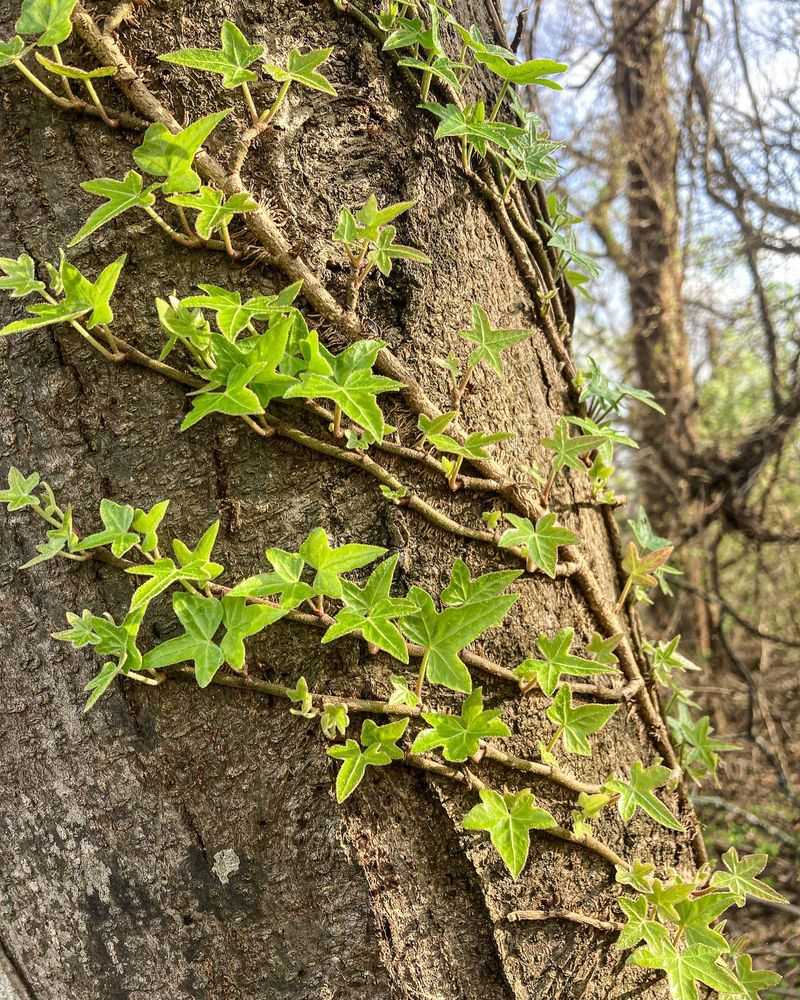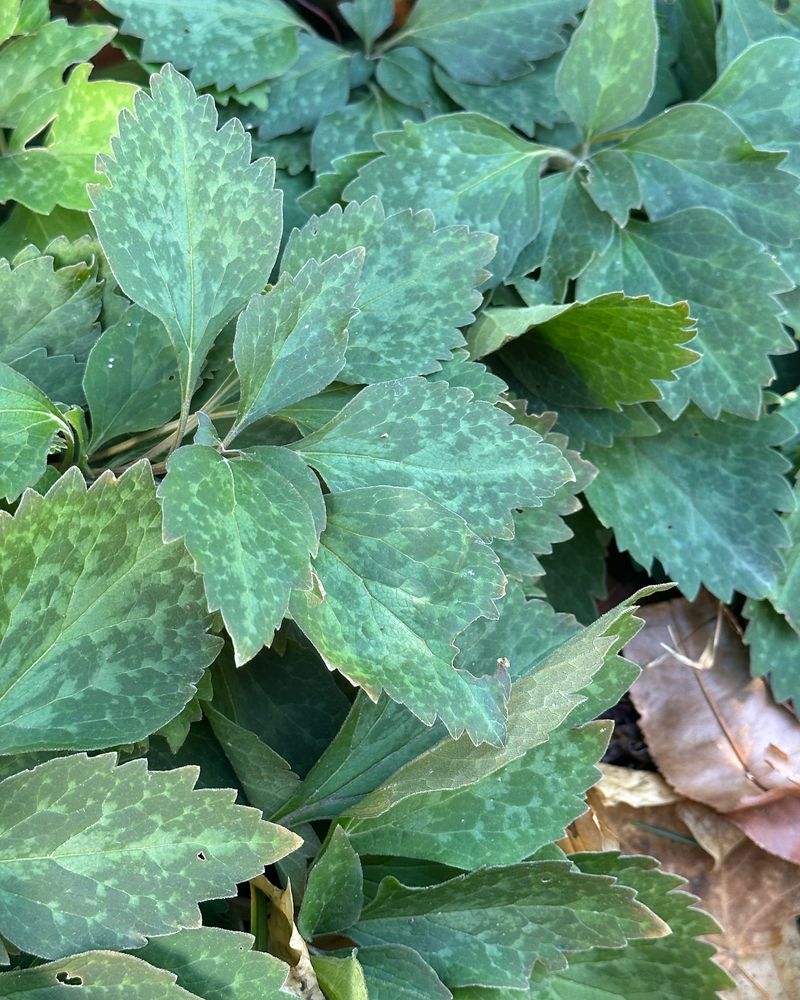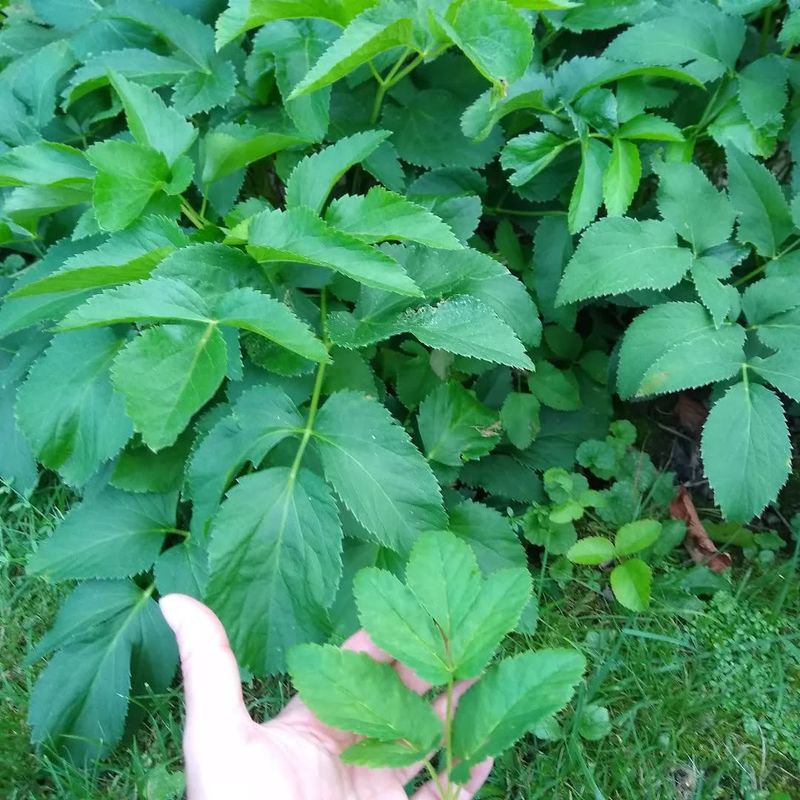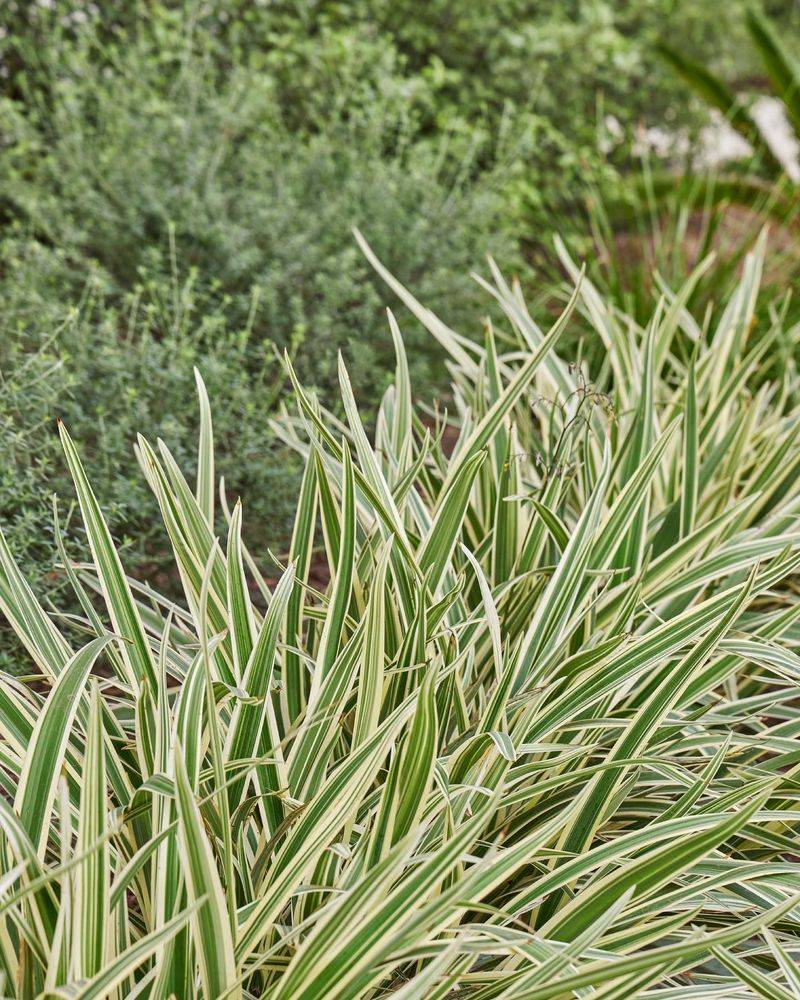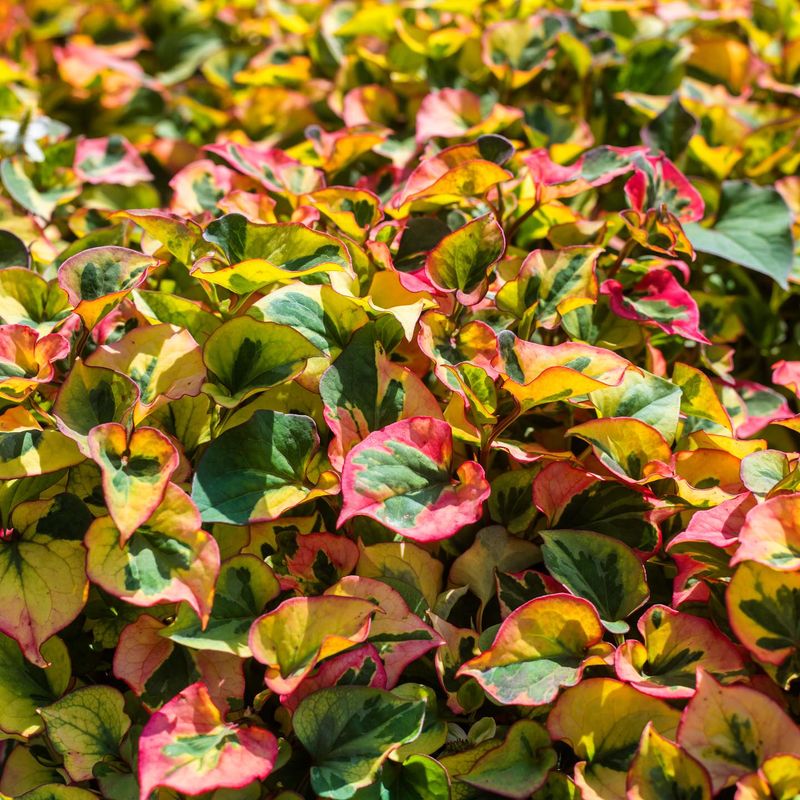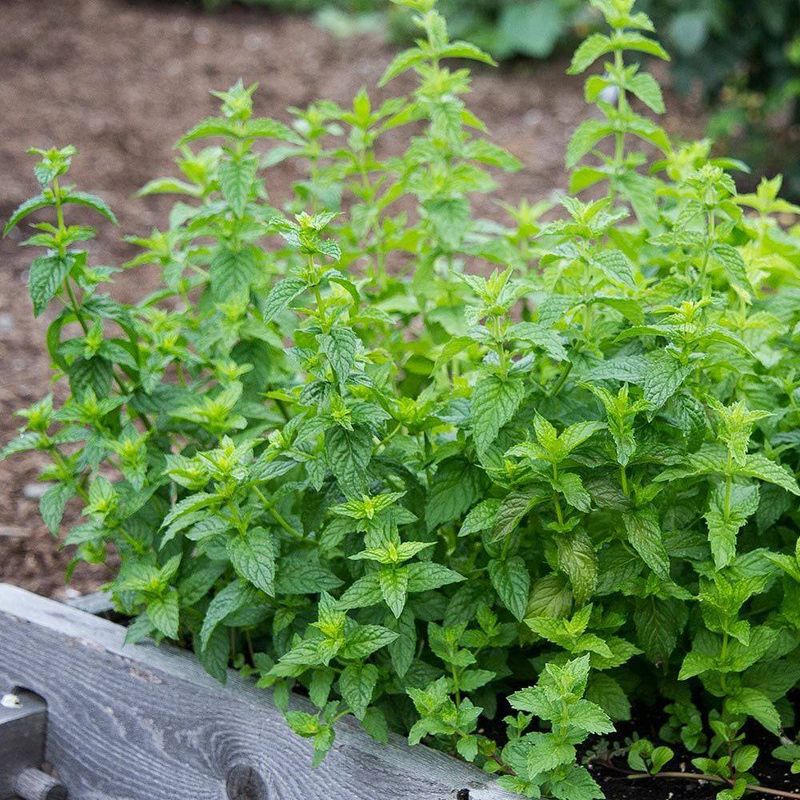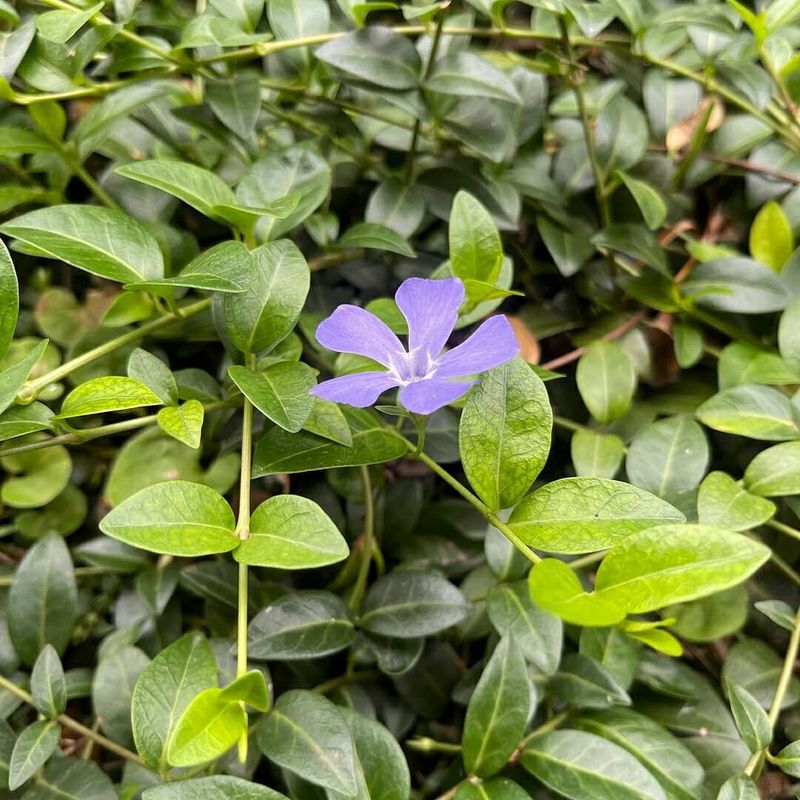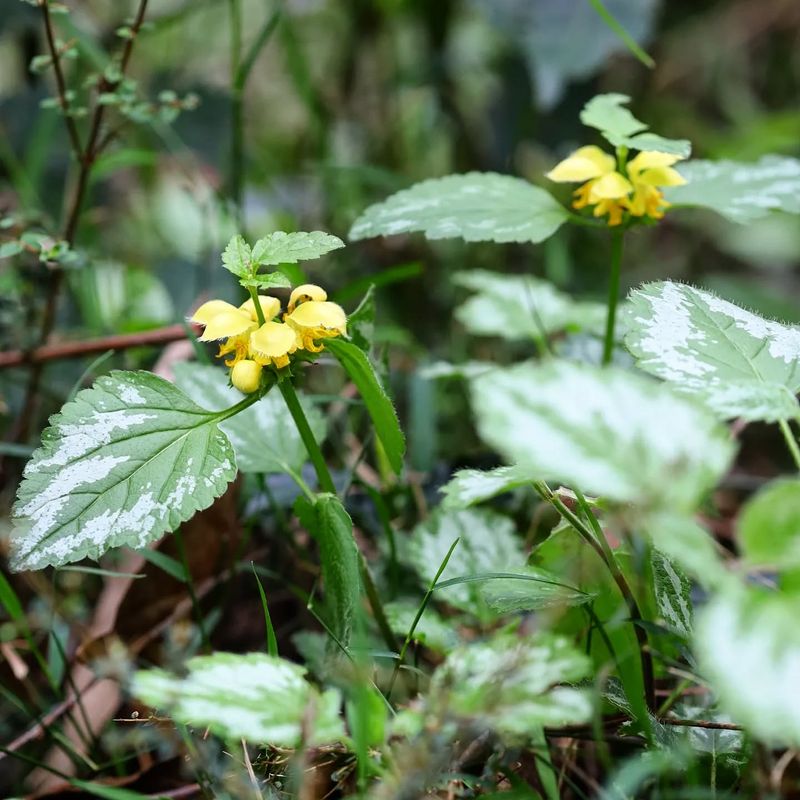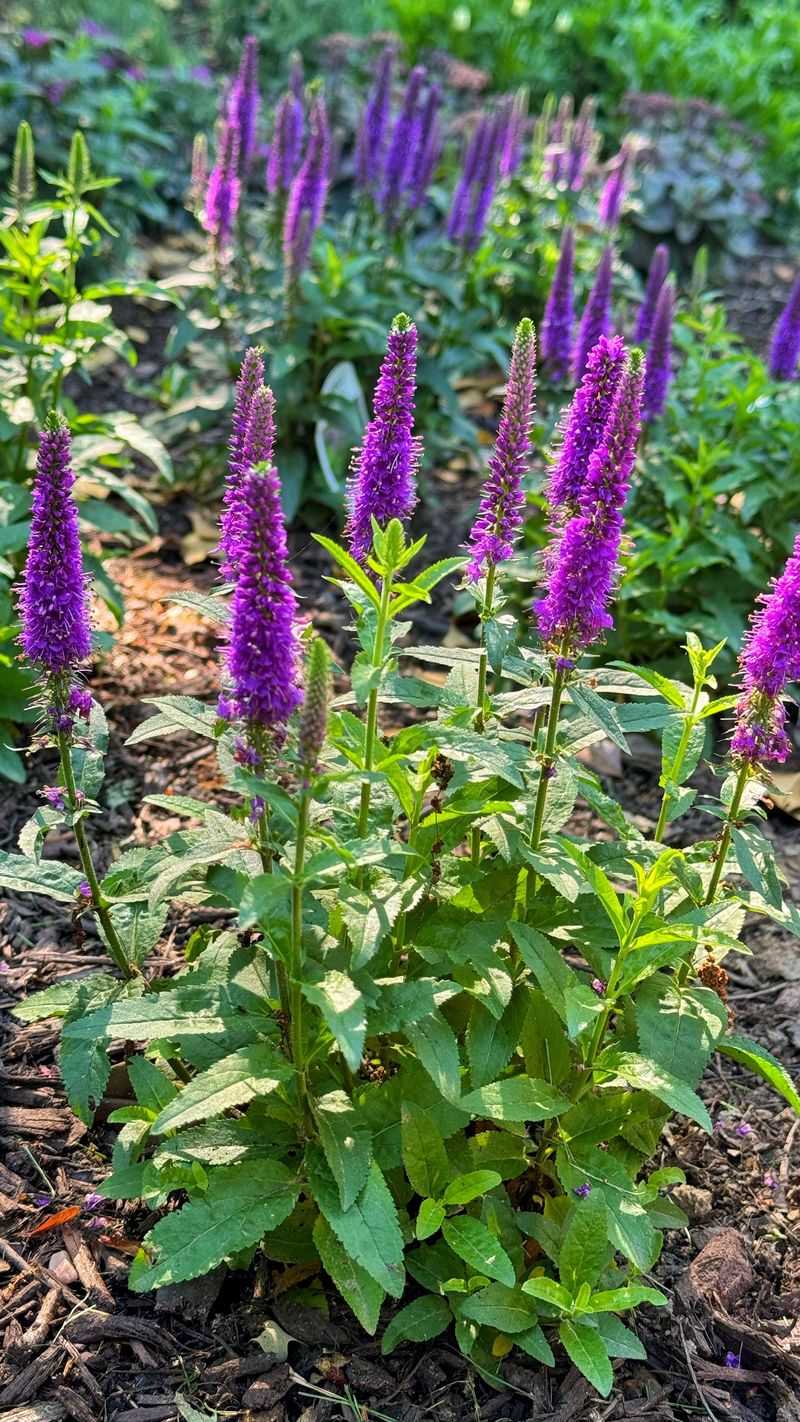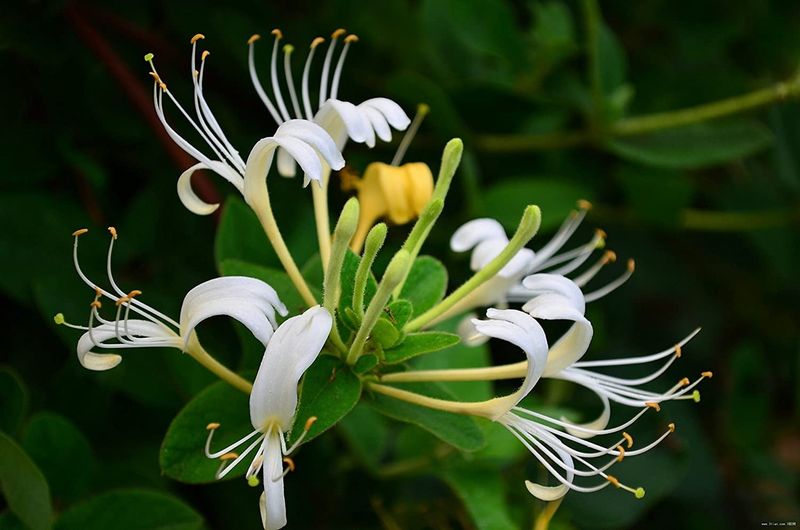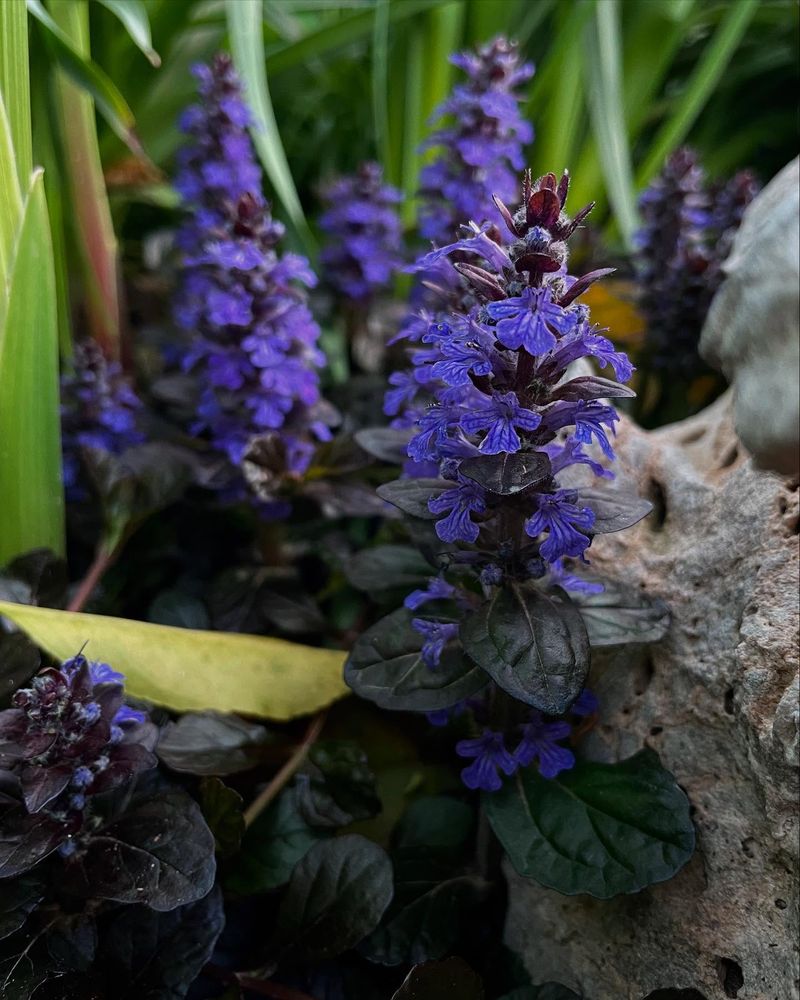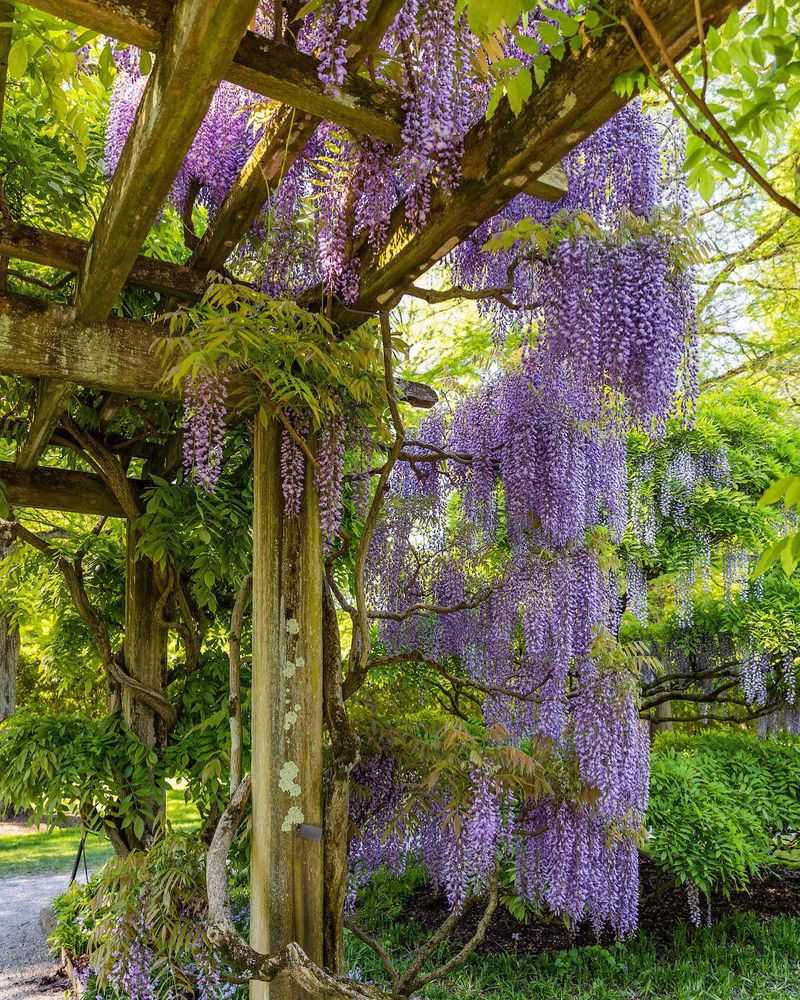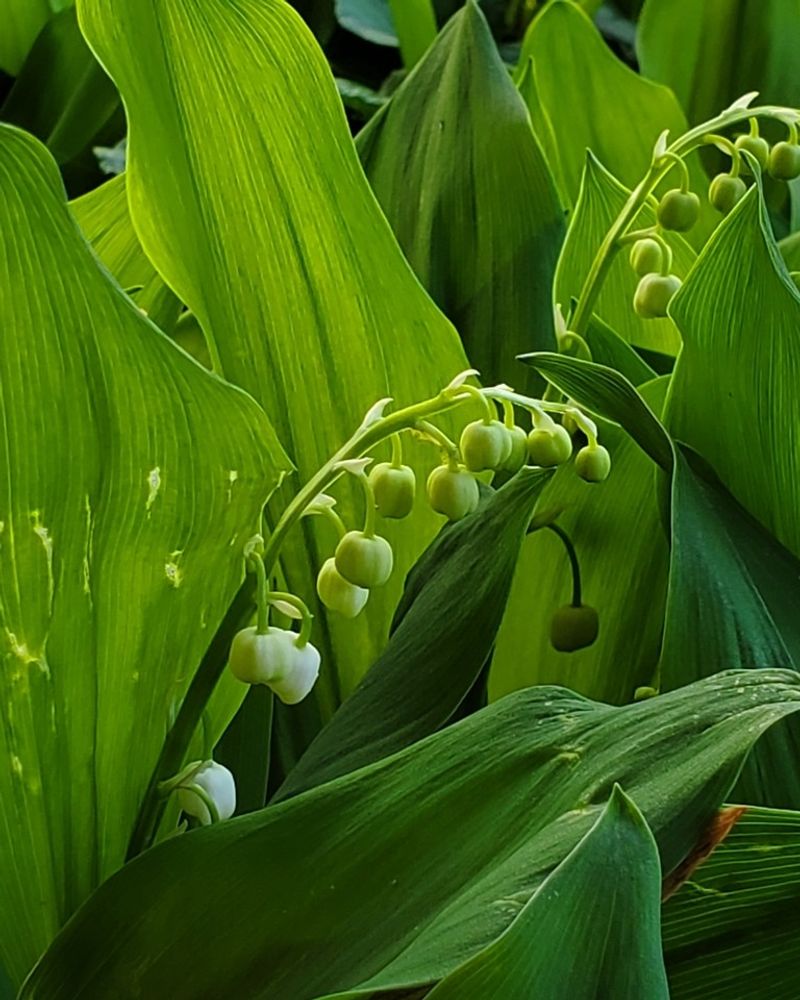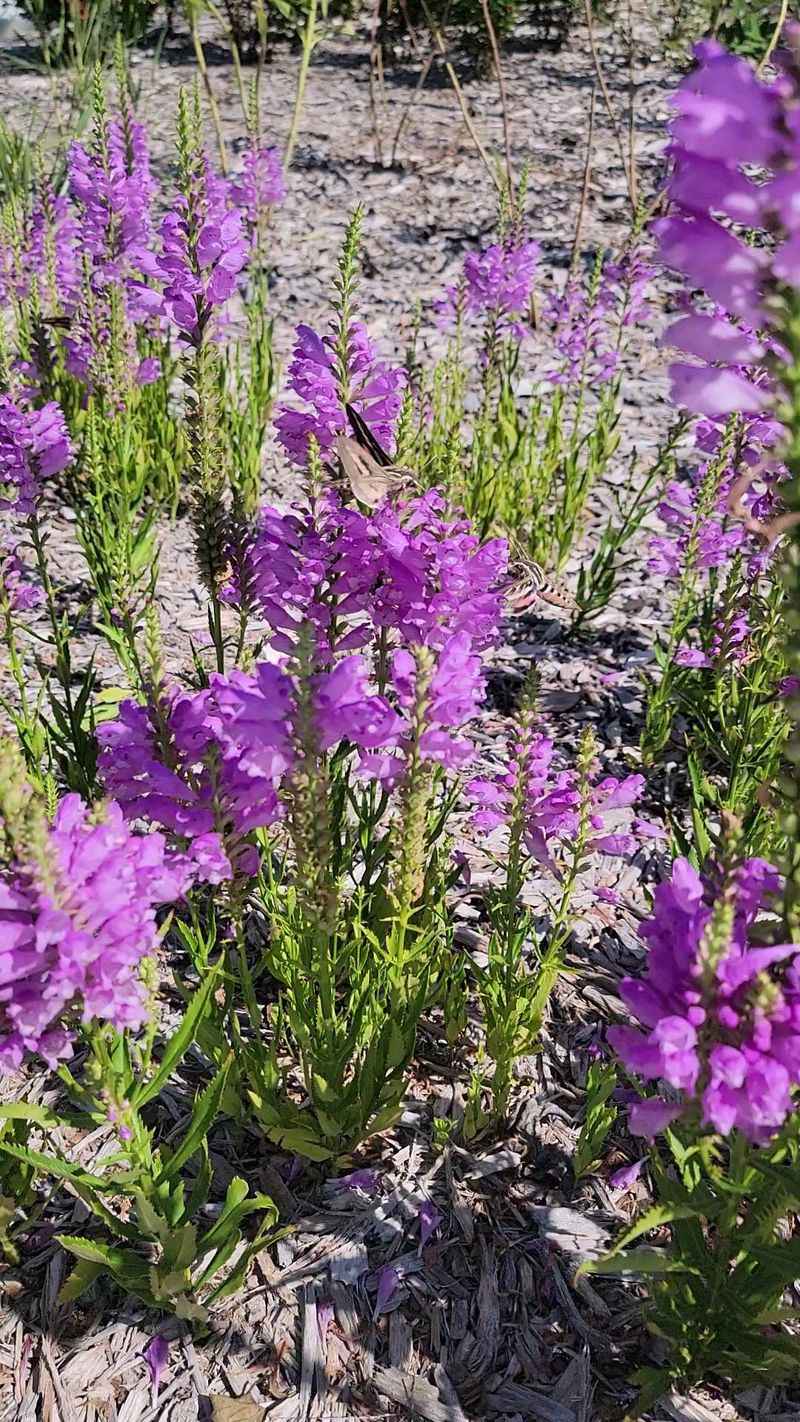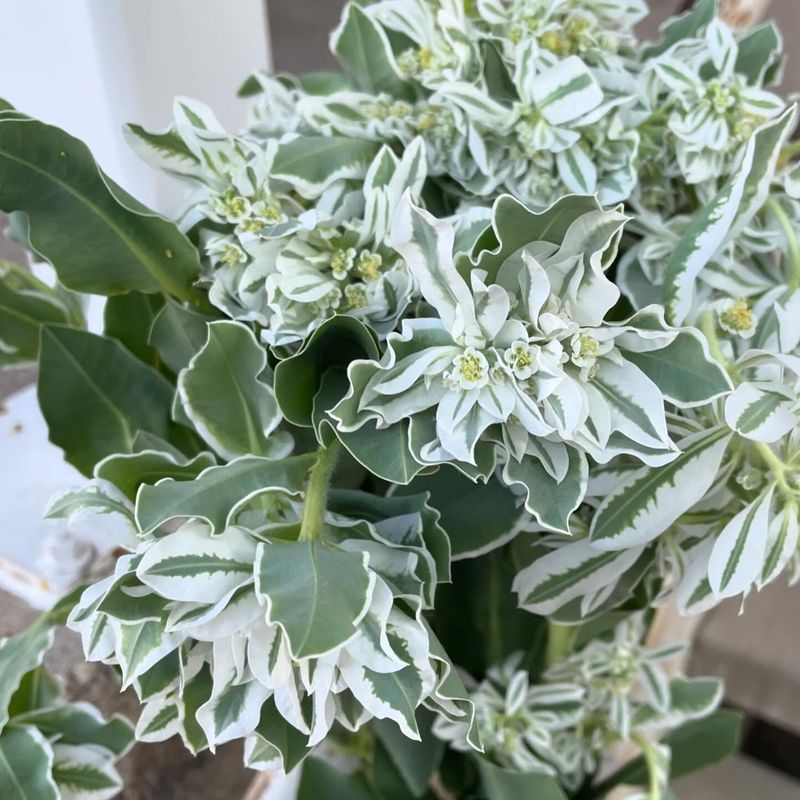Not every plant is worth the soil it’s sitting in—especially when the sun’s blazing and your garden space is precious.
Horticulturists weighed in on 17 low-growing plants that just don’t pull their weight in sunny spots. They might look fine at first, but many of these are more fuss than flourish. If you’re aiming for a garden that actually thrives, these picks might be holding you back.
Let’s run through the ones experts say you’re better off skipping.
1. Lamb’s Ear
Fuzzy, silvery foliage might catch your eye at the garden center as a perfect ground cover option. Lamb’s ear initially charms gardeners with its soft, touchable texture and drought tolerance, but quickly becomes a garden bully.
The plant spreads aggressively through underground runners, invading neighboring plants’ territory without mercy. In humid climates, those velvety leaves become magnets for rot and fungal diseases, turning an attractive plant into a slimy mess.
While its drought resistance seems appealing, you’ll spend countless hours either cutting back dead foliage or attempting to control its rampant spread. Many gardeners eventually declare war on this initially innocent-looking plant.
2. Creeping Jenny
Bright chartreuse trails cascading over garden edges might seem like the perfect solution for bare spots in sunny locations. Creeping Jenny offers that eye-catching color that garden designers love to recommend for contrast against darker foliage.
Unfortunately, this aggressive spreader quickly escapes its intended boundaries, infiltrating lawns and choking out neighboring plants. Its rapid growth means constant maintenance to keep it contained.
Even more concerning is its ability to spread by both roots and stems that root wherever they touch soil. In many regions, it’s now considered invasive, escaping gardens entirely to threaten native ecosystems in wetland areas.
3. English Ivy
Classic and traditional, this glossy-leaved ground cover appears in countless garden designs as a low-maintenance solution for shady areas. English ivy does indeed tolerate both sun and shade, making it seem versatile enough for any garden spot.
However, this European import quickly becomes a nightmare, climbing trees and structures while depleting them of nutrients and moisture. Its aggressive nature allows it to smother native plants and create ivy deserts where nothing else grows.
Removing established ivy requires extraordinary effort, as it roots along its stems and clings tenaciously to surfaces. In many regions, it’s classified as an invasive species that threatens forest ecosystems by preventing natural regeneration.
4. Japanese Pachysandra
Marketed as the perfect solution for difficult spots where grass won’t grow, this evergreen ground cover creates a tidy carpet of glossy leaves. Pachysandra terminals offers year-round structure and requires minimal maintenance once established.
The problem lies in its stubborn persistence and spreading habit. When this plant escapes into natural areas, it forms dense mats that prevent native wildflowers and tree seedlings from growing, disrupting forest regeneration cycles.
Its shallow but extensive root system makes complete removal extremely difficult once established. Many gardeners discover too late that what seemed like a low-maintenance solution becomes a long-term battle, especially when it ventures beyond its intended boundaries.
5. Bishop’s Weed
Variegated white and green foliage creates an attractive, lacy appearance that brightens shady garden corners. Bishop’s weed (also called goutweed) initially seems like a perfect solution for difficult spots where other plants struggle.
This deceptive beauty quickly reveals its true nature as one of the most aggressive garden thugs available. Its underground rhizomes spread relentlessly, popping up yards away from the original planting.
Even small root fragments left behind during removal will regenerate into new plants. Horticulturists frequently hear desperate pleas from gardeners trying to eradicate this invasive plant years after planting it. Some have resorted to covering infested areas with black plastic for multiple seasons to finally eliminate it.
6. Ribbon Grass
Striking white-striped foliage catches the eye with its bright variegation and graceful movement in the breeze. Ribbon grass appears in many garden centers as an attractive ornamental for sunny borders and containers.
This phalaris variety quickly reveals itself as one of the most invasive ornamental grasses available to home gardeners. Its underground rhizomes spread aggressively, sending up new shoots far from the original planting.
Garden experts particularly warn against planting it anywhere near natural areas or water features, as it can escape into wetlands and crowd out native species. Once established, complete eradication often requires multiple seasons of diligent effort, including herbicide applications that might harm desirable plants.
7. Chameleon Plant
Heart-shaped leaves splashed with shades of red, green, yellow, and cream create an eye-catching tapestry in the garden. Chameleon plant initially appeals to gardeners seeking colorful ground covers for sunny areas with moist soil.
Houttuynia cordata quickly reveals its true colors as an aggressive spreader that’s nearly impossible to eradicate once established. Its strong, unpleasant fragrance (often described as fishy) when leaves are crushed adds insult to injury.
Professional gardeners frequently encounter desperate homeowners trying to eliminate this plant years after introduction. Its underground runners can travel under hardscapes and emerge several feet away, and even tiny root fragments left behind will regenerate into new plants.
8. Mint
Fragrant leaves and culinary usefulness make various mint varieties tempting additions to sunny herb gardens. The refreshing scent and versatility in cooking and cocktails keep mint perpetually popular despite warnings.
Unfortunately, all mint varieties share the same aggressive growth habit through underground runners that quickly escape their intended boundaries. Even when planted in containers, mint frequently escapes through drainage holes or over the top.
Professional gardeners recommend keeping mint strictly in containers above ground, never planted directly in garden beds. Many homeowners discover too late that what began as a small herb plant has launched a garden takeover that requires years of diligent effort to control.
9. Periwinkle
Glossy evergreen leaves and pretty blue flowers make this ground cover a common recommendation for slopes and areas where grass won’t grow. Vinca minor seems like the perfect low-maintenance solution for difficult spots in both sun and partial shade.
Its aggressive spreading habit quickly becomes problematic as it forms dense mats that exclude native plants. The trailing stems root wherever they touch soil, creating new plants that accelerate its spread.
Even more concerning is its ability to escape into natural areas, particularly woodlands, where it can displace native wildflowers that wildlife depends on. In many regions, it’s now classified as an invasive species that threatens forest biodiversity and natural ecosystem functions.
10. Yellow Archangel
Silver-splashed foliage and bright yellow flowers create an attractive combination that garden centers frequently promote. Yellow archangel appears in hanging baskets and as a ground cover option for sunny to partially shaded locations.
Lamiastrum galeobdolon quickly escapes cultivation through its trailing stems that root at nodes, forming new plants wherever they touch soil. Its aggressive growth habit allows it to outcompete native vegetation.
In several regions, it’s now classified as an invasive species that threatens woodland ecosystems. Professional gardeners report that even small fragments left behind during removal efforts will regenerate into new plants, making complete eradication extremely difficult once it’s established in the landscape.
11. Purple Loosestrife
Dramatic purple flower spikes create stunning vertical interest in sunny garden spots during summer months. Purple loosestrife once appeared frequently in perennial catalogs as a recommended plant for wet areas and pond edges.
This European native has become one of North America’s most destructive invasive species, particularly in wetland habitats. A single plant can produce over two million seeds annually, allowing it to spread rapidly and form monocultures.
Its aggressive nature crowds out native wetland plants that provide food and habitat for wildlife. The ecological damage has been so severe that it’s now illegal to sell or plant in many regions, and extensive eradication programs exist to remove it from natural areas.
12. Japanese Honeysuckle
Fragrant flowers and twining growth habit make this vine appealing for covering fences and adding vertical interest. Japanese honeysuckle produces sweetly scented white blooms that attract butterflies and hummingbirds to the garden.
Lonicera japonica quickly becomes a garden thug, growing up to 30 feet in a single season and smothering trees and shrubs in its path. Its aggressive nature allows it to climb over and strangle native vegetation.
In many regions, it’s classified as a noxious weed that threatens forest ecosystems by preventing natural regeneration. Birds spread the bright red berries widely, allowing it to establish in natural areas far from gardens. Complete removal requires persistent effort over multiple seasons.
13. Bugleweed
Deep blue flower spikes rising above glossy foliage create an attractive spring display in sunny garden spots. Bugleweed forms a dense mat that suppresses weeds and tolerates poor soil conditions, making it initially appealing.
Ajuga reptans spreads aggressively through runners that root at nodes, quickly expanding beyond its intended boundaries. In optimal conditions, it can become invasive, crowding out more desirable plants and infiltrating lawns.
While not as problematic as some other ground covers, its vigorous growth habit means regular maintenance to keep it contained. Many gardeners find themselves fighting to remove it from areas where it’s no longer wanted, as even small root fragments left behind will regenerate into new plants.
14. Chinese Wisteria
Cascading purple flowers create a romantic atmosphere that has captivated gardeners for generations. Chinese wisteria appears frequently in garden designs where dramatic vertical interest is desired in sunny locations.
This woody vine’s aggressive growth can exceed 30 feet annually, with stems thickening to tree-trunk proportions over time. Its weight has been known to collapse structures not designed to support such massive growth.
Even more concerning is its ability to escape cultivation and invade natural areas, where it climbs and strangles native trees. Its extensive root system makes complete removal extremely difficult, often requiring chemical controls. Native wisteria varieties offer similar beauty without the ecological threats.
15. Lily of the Valley
Delicate white bell-shaped flowers emit an intoxicating fragrance that has made this spring bloomer a cottage garden favorite. Lily of the valley creates a lush green carpet in areas where other plants struggle, particularly in dappled shade.
Convallaria majalis spreads aggressively through underground rhizomes that are nearly impossible to eradicate once established. What begins as a small planting can quickly take over large sections of the garden.
Another significant concern is its highly toxic nature—all parts contain cardiac glycosides that can cause severe illness or death if ingested. This makes it particularly problematic in gardens where children or pets play. Many gardeners regret introducing this deceptively innocent-looking plant to their landscapes.
16. Obedient Plant
Tall pink flower spikes attract butterflies and add vertical interest to late summer gardens. Obedient plant gets its charming name from the way individual flowers can be moved on the stem and stay in position.
Physostegia virginiana quickly reveals itself as anything but obedient in the garden. This North American native spreads aggressively through underground rhizomes, quickly colonizing areas far beyond its original planting.
While not considered invasive in natural ecosystems, its garden behavior makes it problematic for maintained landscapes. Many gardeners find themselves in a constant battle to contain its spread, often resorting to physical barriers or removing it entirely. Cultivated varieties are sometimes better behaved than the species.
17. Snow-on-the-Mountain
Striking variegated foliage with white-edged leaves creates a dramatic contrast in sunny borders. Snow-on-the-mountain appears in garden centers as an attractive ground cover option for difficult dry spots.
Aegopodium podagraria ‘Variegatum’ shares the same aggressive spreading habit as its green counterpart (Bishop’s weed), quickly escaping beyond intended boundaries through underground rhizomes. Even small root fragments left behind during removal will regenerate into new plants.
While the variegated form is slightly less vigorous than the species, it still ranks among the most difficult plants to eradicate once established. Many gardeners ultimately resort to multiple applications of herbicide or covering infested areas with black plastic for an entire growing season.

